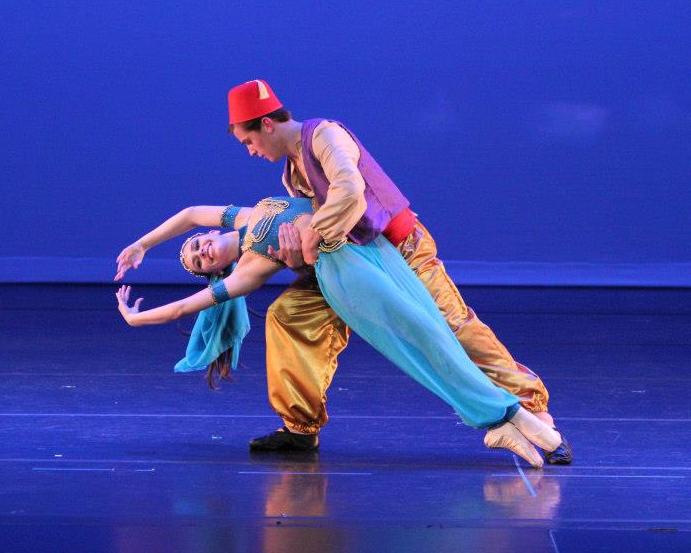

#Air dip dancing professional#
During their season in residence, participating artists will also receive an additional 40 hours of discounted studio space in designated studios, as well as professional development and administrative support from Gibney staff. Resident Artists will each receive three weeks of exclusive, continuous access to a studio at one of Gibney’s locations, as well as a $7,500 stipend and a $2,000 allowance for artistic consultants. There will be a selection of eight DiP resident artists for the 2019-2020 season seven selected by the panel along with one artist selected by Gibney’s Senior Curatorial Director. Adagio creates the illusion that the positions flow from one into another.Īllegro ( a leg grow) - allegro in ballet involves fast and dynamic movements, usually jumping steps and sequences.Gibney’s Dance in Process (DiP) Residency is designed to provide extensive, holistic support for mid-career New York-based dance artists who are in the middle stages of work on a new project.įollowing an open call for applications, Gibney will assemble a panel selected by DiP applicants to review applications submitted from New York City based dance community. These exercises are done without the support of the barre and are normally performed with alternate feet.Īdagio ( u da zhe-o) - is a succession of slow, soft, lyrical, and continuous movements. Every ballet class begins with barre exercises.Ĭentre Practice - a group of exercises similar to those at the barre but performed in the center of the room. A romantic tutu is a long net skirt reaching below the calf.īarre - a horizontal bar (usually made of wood) along a studio wall for class exercises. Tutu - the short classical ballet skirt made of many layers of net. Pointe shoes are not made of cement or wood. Pointe shoes are reinforced with a box constructed of numerous layers of strong glue in between layers of material. Pointe Shoes - The satin ballet shoes used by dancers when dancing on their pointes (toes). Additional Ballet TermsĬhoreography - describes the steps, combinations, and patterns of a ballet or dance.

Repetiteur - a person in a ballet company whose job is to give the daily company class and to rehearse the ballets in the company repertoire.īalletomane ( bal lay toe mane) - A ballet fan or enthusiast. People of the Balletīallerina - a female dancer in a ballet company.ĭanseur - a male dancer in a ballet company.Ĭhoreographer - a person who composes or invents ballets or dances. To this day, modern ballet looks to re-invent itself and reach out in an ever-increasing facet of creation and movement. Modern Ballet - a type of ballet from the twentieth century. Types of BalletĬlassical Ballet - a traditional style of ballet which stresses the academic technique developed through the centuries of the existence of ballet.

Turn-out - The dancer turns his or her feet and legs out from the hip joints to a 90-degree position. The disengaged leg may be crossed in the front or in the back. The extended leg is raised behind the body but bent at the knee at an angle of 90 degrees.Ĭroisé ( quo say) - A dancer stands with legs crossed at an angle to the audience. Ballet Position TermsĪrabesque ( Ah rah besk) - a position on one leg with the other leg raised behind the body and extended in a straight line.Īttitude ( ah tea tude) - A variation on the arabesque. Tour en l'air ( tour on lair) - a turn in the air - usually a male dancer's step, although ballerinas may do them to depending on the choreography. Pirouette ( peer o wet) - a rotation or spin - a complete turn of the body on one foot, on point or demi-pointe (half- pointe). Plié ( plee ay) - means bent, bending - of the knee or knees. Grande Jeté ( grand jeh tay) - a big jump from one foot to the other in which the working leg is brushed into the air and appears to have been thrown. Legs assemble at the same time and return to fifth position. Ballet MovesĪssemblé ( assam blay) - Lifting off the floor on one leg, and landing on two. This is not an exhaustive list, but a starting point to help you familiarize yourself with the language used to describe ballet. Gain a deeper appreciation for this art form by learning more about ballet moves, positions, poses, and more with this helpful glossary of dance terminology from Atlanta Ballet.


 0 kommentar(er)
0 kommentar(er)
